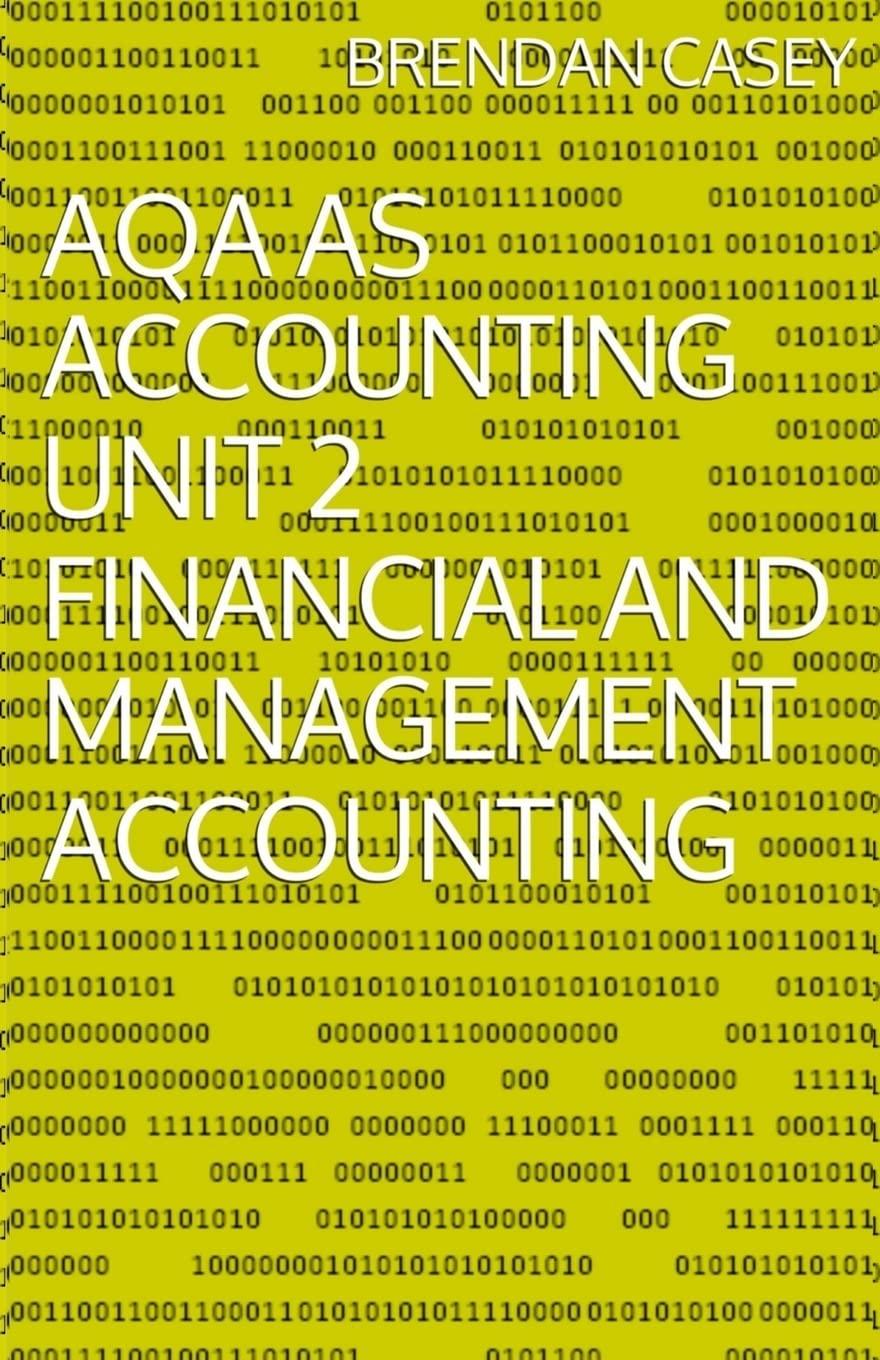Question
Jane and John Doe own a computer software company: J & J, LLC. Jane is 32 years old, while John is 36 years old. They
Jane and John Doe own a computer software company: J & J, LLC. Jane is 32 years old, while John is 36 years old. They are happily married and have two children: Jack (age 5) and Jill (age 3). All family members are in good health, and the family has no history of serious health issues. Jane and John each expect to live to be 90 years old.
Jane and John would like to continue to run their business until Jane turns 62, at which time the couple would like to sell the company and retire. They anticipate that the business will continue to generate the same amount of income each year, will have the same expenses, and will be worth $5 million when sold. They have a 30-year fixed-rate mortgage that they just financed and do not plan to sell their home or to refinance. The couple plans to send both Jack and Jill to Ivy League colleges and expect college expenses to be a combined cost of $100,000 per year for each child for four years of school. The couple would like to take advantage of any gifting opportunities for their children and would also like to save an appropriate amount each year to cover educational expenses.
The couple expects their personal expenses to remain constant until retirement. They would then expect their personal expenses to be 80% of their current total expenses each year during retirement. They have a high tolerance for risk and want to grow their investments over time to achieve their long- term financial goals.
Financial Statement
| Balance Sheet | |
| Assets | |
| Savings (cash/money markets) | $350,000 |
| Investments (mutual funds) | $2,500,000 |
| Educational Savings | $100,000 |
| Home | $3,000,000 |
| Rental Property | $500,000 |
| Autos | $200,000 |
| Personal Property | $250,000 |
| Life Insurance | $1,000,000 |
| Total | $7,900,000 |
| Liabilities | |
| Credit Cards | $75,000 |
| Car Loans | $100,000 |
| Home Mortgage | $1,000,000 |
| Personal Line of Credit | $125,000 |
| Total Liabilities | $1,300,000 |
| Equity | $6,600,000 |
| Total Liabilities and Equity | $7,900,000 |
| Income Statement | |
| Income | |
| J & J, LLC | $2,000,000 |
| J & J, LLC, Expenses | $1,500,000 |
| Rental Income | $24,000 |
| Investments | $50,000 |
| Total Income | $574,000 |
| Expenses | |
| Credit Card Payments | $40,000 |
| Car Loan Payments | $18,000 |
| Mortgage Payments | $60,000 |
| LOC Payments | $15,000 |
| Household | $60,000 |
| Entertainment | $40,000 |
| Gasoline | $6,000 |
| Home Insurance | $10,000 |
| Home Maintenance | $20,000 |
| Health Insurance | $12,000 |
| Property Taxes | $30,000 |
| Rental Property Insurance | $2,000 |
| Rental Property Maintenance | $6,000 |
| Income Taxes (effective rate: 36%) | $206,640 |
| Total Expenses | $525,640 |
| Net Income | |
-
Budgeting: In this section of the financial plan, you will analyze your clients current financial situation and make budget recommendations to help them reduce their expenses and save more. It is important to remember that you need to base your recommendations on basic financial planning principles and that your clients might not know what those are.
-
Analyze the clients financial statements and determine where expenses could be reduced. In your analysis, be sure to do the following:
-
Identify clients expenses that could feasibly be reduced and discuss the potential impacts of those reductions on their budget. Support
your discussion with examples.
-
Explain the impact of a 20% rise in expenses on the clients ability to save for retirement assuming everything else remains constant.
Support your explanation with specific details.
-
Educational Planning: In this section of the financial plan, you will analyze your clients educational assets to determine the viability of their currentplans. Then you will make recommendations about possible investment opportunities to help the clients bolster their education al savings.
-
Analyze the clients educational assets and determine the viability of their plans. In your analysis, be sure to do the following:
-
Discuss the ability of their current educational savings plan to meet the educational expense target for each child. In this instance,
assume each child will enter college at age 18 at a combined cost of $100,000 yearly, and that there will be no rate of growth on educational assets. Support your discussion with relevant details.
-
***Please provide the calculations, i will do the analysis.***
-
-
Step by Step Solution
There are 3 Steps involved in it
Step: 1

Get Instant Access to Expert-Tailored Solutions
See step-by-step solutions with expert insights and AI powered tools for academic success
Step: 2

Step: 3

Ace Your Homework with AI
Get the answers you need in no time with our AI-driven, step-by-step assistance
Get Started


